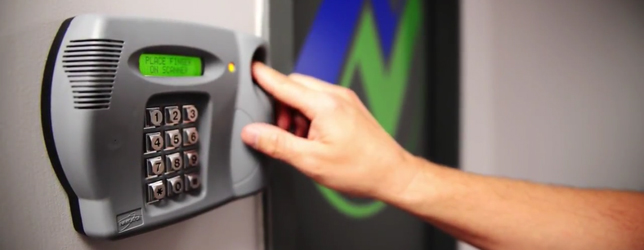
Access control is a method that controls how a person can access a room or a building, particularly at doors, elevators, and gates, by using physical systems to trigger and record the access. The purpose is to keep out those who are not authorized and to allow in those who are authorized. A variety of systems are available for commercial and residential applications.
Businesses and organizations have varying needs of controlled access as part of their security. Whether the purpose is to protect people or children, to protect physical resources, or to restrict access to sensitive information or valuable items, this purpose determines the method required.
A reader is a common form of door access control, which uses a uniquely coded item to identify the person in possession of it. Some examples are a person entering a code on a keypad, a person swiping a card with a magnetic stripe in a reader (similar idea to a credit card terminal), and a person holding a fob against a reader plate.
A human based scanner is another type of door access control. These types of scanners use unique human features to identify the person, such as scanning the print on a thumb, scanning the retina of an eye, or scanning the face for features. These scans are then compared with registration scans saved in the access database to determine if they match.
For higher level security needs, more advanced features are available.
Residences can also use access technology for similar reasons. They are often integrated with the home security system as another layer of protection.
Door contacts detect when a door is opened and are integrated into the home security system. They are usually used in exterior doors and garage doors, but can be used anywhere a door needs to be controlled or monitored.
Window contacts are much like door contacts and are also integrated into the home security system. They are used to detect when windows are opened.
Some systems can have a feature to use a smartphone securely linked to the system to remotely lock or unlock doors or to manage the system. This is especially useful if you are often not home and need to allow people into your house.
Video doorbells are like a standard doorbell. But in addition to providing notification, a built in one-way camera allows you to see who is at the door and answer the door even if you are not home. The system connects to your smartphone giving no indication to the person at your door that you are not home.
Glass break sensors are partly related to access control in that they detect unauthorized access. They are tuned to the specific pitch of breaking glass and will only react at the first hint of that sound when the system is activated, such as what an intruder would do to get into the house.
Whatever level of access security you need, Hi-Fidelity can design, install, and service a custom system that allows you have full control and security over your house or building.



